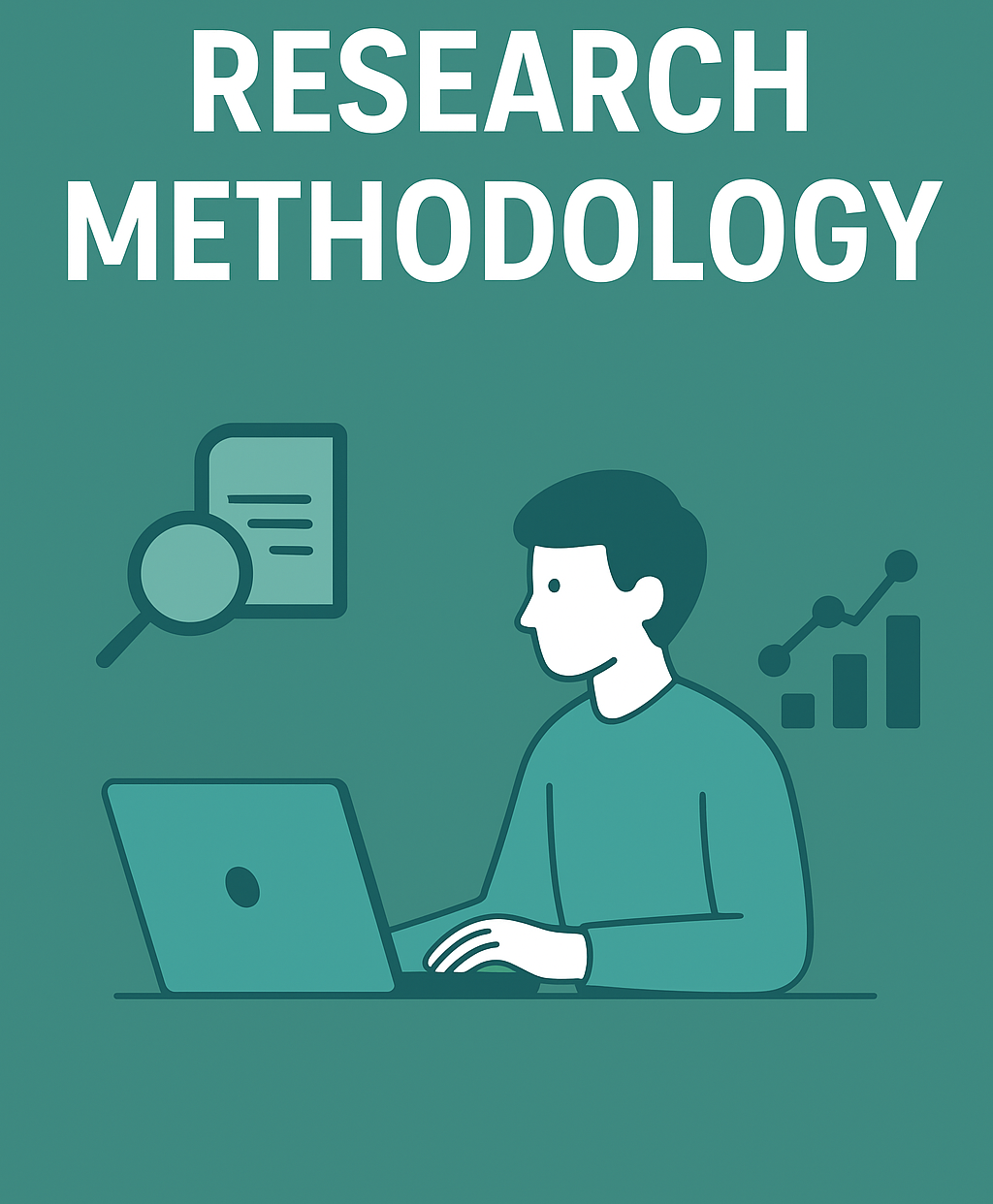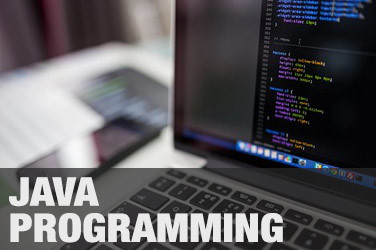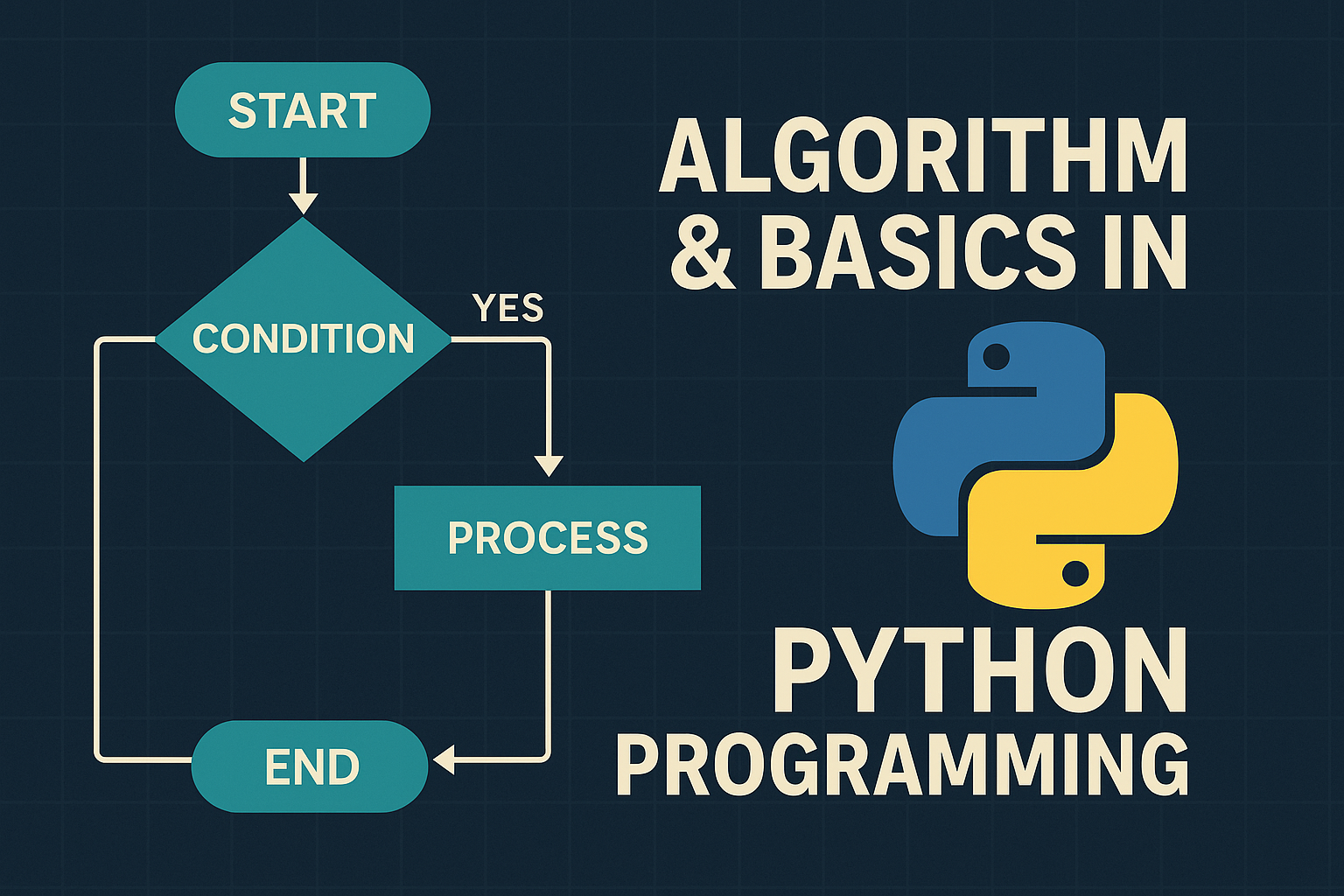
The course is designed to provide learners with a clear understanding of research methodology, including the meaning of research, the process of defining research problems, and the techniques of reviewing literature and preparing research reports. It also focuses on equipping students with practical skills in LaTeX for writing theses, reports, resumes, question papers, and creating beamer presentations, as well as using LaTeX to draw diagrams and plot graphs. Additionally, the course introduces learners to mathematical software for enhanced comprehension of mathematical concepts. By the end of the course, students will be able to initiate independent research projects, write literature reviews and research reports, effectively use LaTeX for academic writing and presentations, and apply mathematical software tools to support and strengthen their understanding of mathematical ideas.














